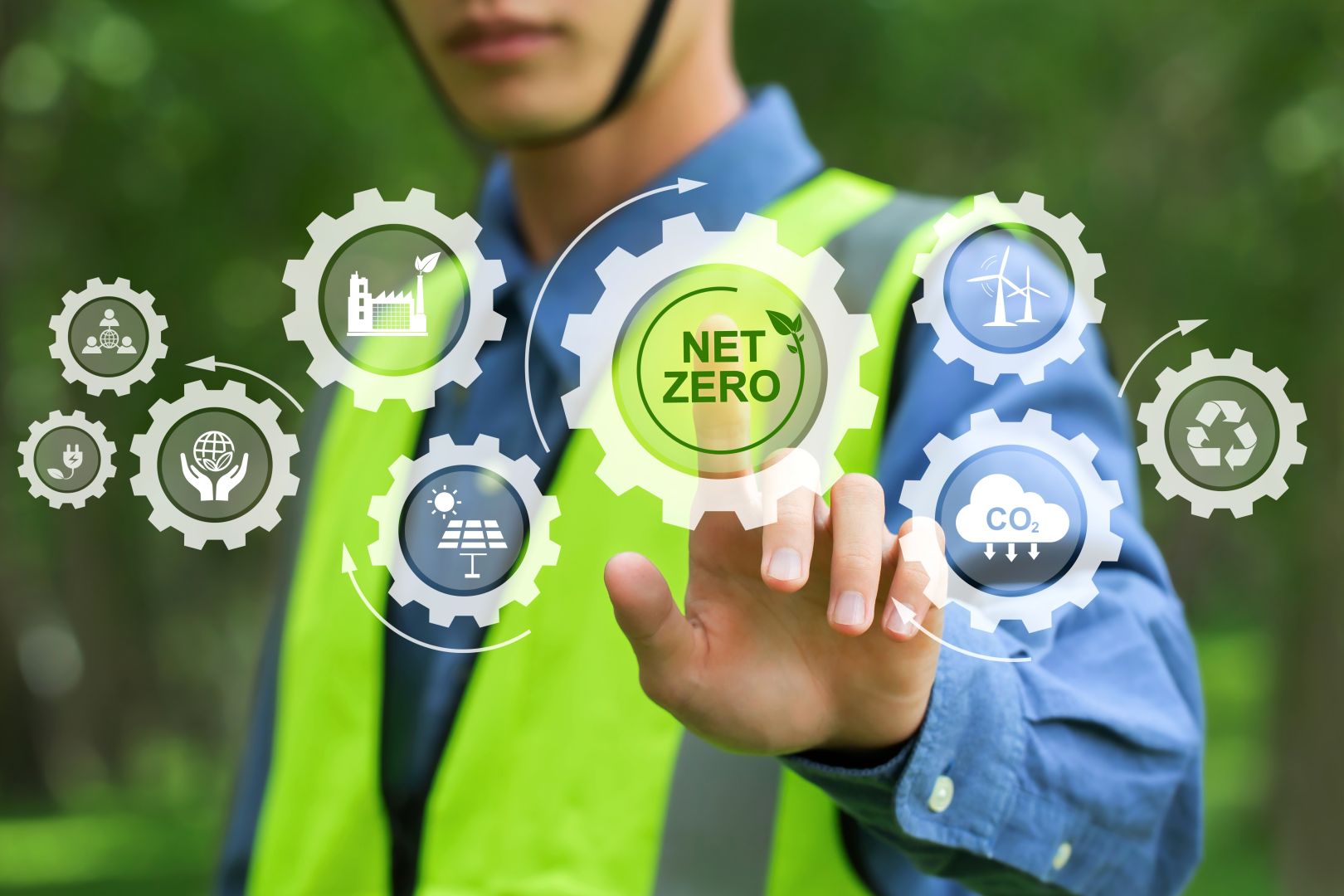Top 3 ways to increase sustainable construction
Shift to electric equipment: With sustainability regulations driving change, businesses are increasingly exploring electric construction machinery to reduce emissions. Transition to electric power is evident, particularly in sectors like materials handling, where large fleets now commonly utilize lead-acid and lithium-ion batteries. In anticipation of regulations restricting diesel equipment in urban construction sites, the industry faces the expensive but essential task of fleet replacement.
In this context, financial partners play a crucial role in empowering dealerships with solutions that can enable end users to easily own or lease electric assets, including vehicles and charging infrastructure.
Equipment refurbishment: Supply chain disruptions and the high costs associated with acquiring new machinery can pose significant challenges for businesses. Consequently, refurbishing existing heavy equipment often emerges as a practical solution. Additionally, stringent workplace safety regulations in many countries may necessitate refurbishments to ensure compliance.
Refurbishing used machinery not only enhances safety but also promotes energy efficiency and environmental sustainability. Some forward-thinking end-users are even investing in facilities to refurbish their own equipment, underscoring the importance of prolonging the life of viable machinery. However, the costs involved can be substantial, often reaching several millions depending on the extent of work required, thereby impacting cash flow for businesses.
In such scenarios, dealerships enabling access to financial partners that specialize in tailored financing for refurbishments can provide invaluable support to end users.
Resale of used machinery: Closely associated with refurbishment of machinery, is the concept of resale of used machinery. As the construction industry contends with prolonged delivery times for new equipment, businesses are exploring alternative solutions to meet their needs promptly. These delays have prompted companies to extend contracts on existing equipment rather than wait for new machinery, a practice that not only ensures continued operations but also aligns with sustainability objectives.
Moreover, legislation also plays a part in this aspect. For example, the demand for used equipment (2-4 years old) has grown in the UK over the last few years due to factors like environmental legislation and this trend is expected to grow.
Manufacturers and dealerships offering certified used equipment provide immediate solutions, helping businesses overcome delays while reducing their environmental footprint and meeting sustainability goals.
Discover the top three trends shaping today's construction industry by
exploring our blog post!
Sustainable construction: Barriers to watch out for
- Significant investments: Adoption of electric equipment and sustainable construction practices entail significant investment and change at every touchpoint in the supply chain. For manufacturers it includes higher initial upfront capital expenditure for investing into new technology, for dealerships an increased upfront cost for sustainable equipment stock and for end users also higher costs of purchase compared to diesel-operated equipment. Moreover, the need for investment in additional infrastructure for charging and maintaining batteries and equipment results in added costs.
- Total Cost of Ownership (TCO): TCO is crucial for evaluating the viability of electric construction equipment. This involves comparing the short and long-term costs between diesel and electric machinery. Daily duty cycle requirements, charging needs, and time required for charging are essential factors to consider. Additionally, it's important to assess the power grid load and energy source (green vs. non-green) for charging machinery.
- Technological advancements: Rapid technological advancements can become a barrier to faster adoption of sustainable machinery and construction practices. End users are always in need of access to the best and the latest in the market which makes it difficult for them to commit to what’s available now. Options to upgrade and exchange are often a must in this context and dealerships need to account for such possibilities in their offer.
- Limitations in the used and refurbished machinery space: As mentioned above, while many manufacturers and dealerships are enabling sale of used and refurbished machinery, finding financing for such equipment can often be a challenge for end users. While banks can extend a line of credit the same way they would offer a loan, there may not be any specific solution made available only for this purpose, making it difficult for businesses to acquire used equipment.
Sustainable construction: Addressing multiple challenges
The construction industry stands at the threshold of significant growth, yet it faces critical challenges, particularly regarding sustainability. With construction equipment contributing to global CO2 emissions and the industry's substantial energy consumption, the imperative for sustainable practices is undeniable. Transitioning to electric machinery and refurbishing existing equipment emerge as viable solutions, albeit with significant investment requirements.
At such a juncture, financial partnerships are essential in facilitating this transition, offering tailored financing solutions to manufacturers, dealerships, and end users alike. Such partners are not only important today, but also crucial for driving desired results in the future. They can help manufacturers, dealers as well as end users address barriers such as upfront costs, TCO evaluations, technological advancements, and limitations in accessing financing for used machinery. Through concerted efforts and strategic partnerships, you can pave the way for a more sustainable future with the ideal #PartnerOfTomorrow.


